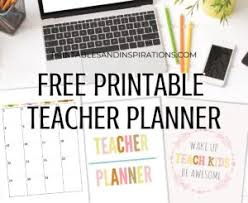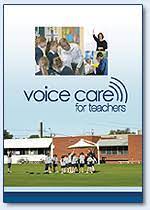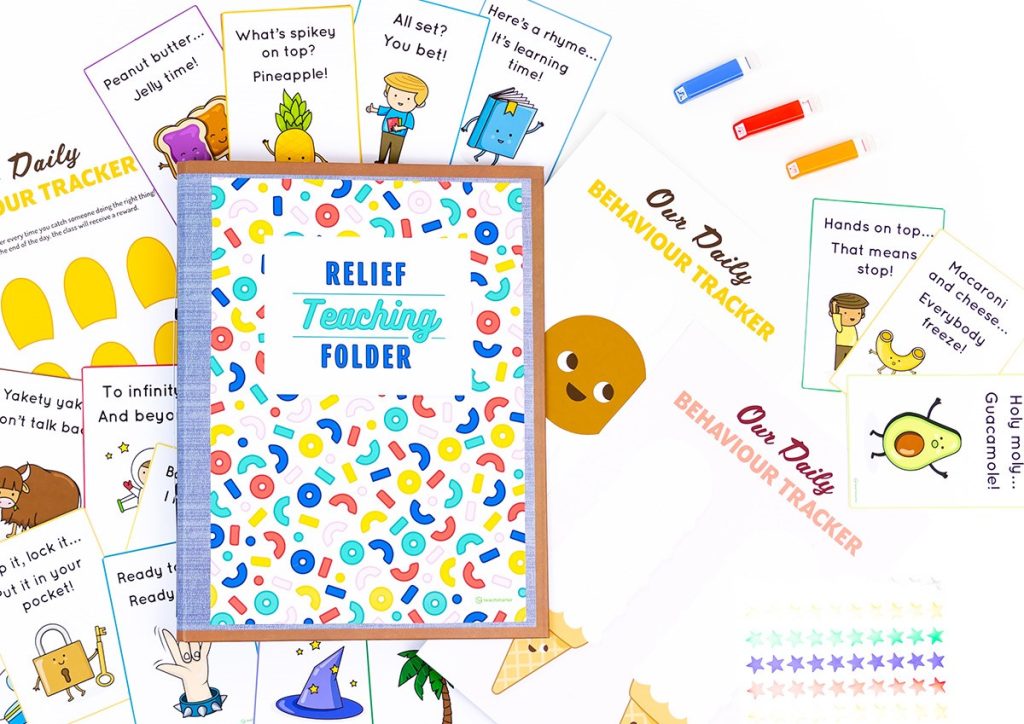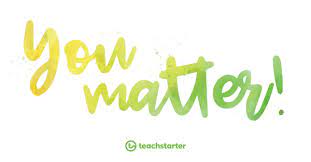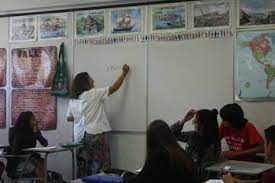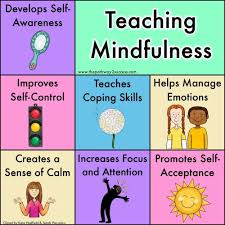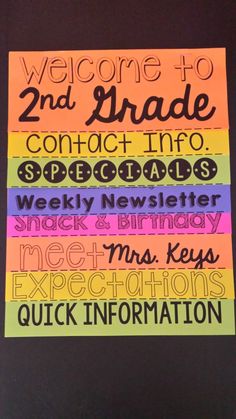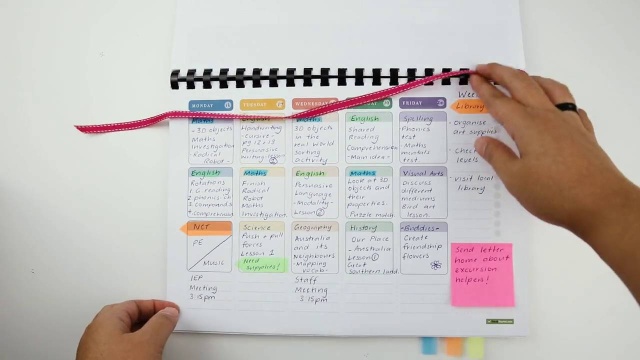As an educator, staying organized is pivotal to managing your busy schedule, lesson plans, and student records. One effective organizational tool that can be tailored exactly to your needs is a teacher planner. Instead of settling for pre-made planners that might not fit your unique teaching style or requirements, consider creating your own printable templates. This not only gives you the flexibility to adjust as necessary but also ensures that every part of your educational plan is documented just the way you like it.
To start crafting your custom teacher planner printable templates, consider the following steps and elements:
1. Identify Your Needs: Before diving into the design process, list out what components are important for your daily teaching routine. This could include a calendar, lesson plan sections, attendance sheets, grading logs, sections for notes or meetings, and checklists for classroom management.
2. Choose a Layout: Decide if you prefer a daily, weekly, monthly or annual layout-or a mix of these- for different sections of your planner. Some teachers benefit from detailed daily spreads, while others prefer an overview of the week or month.
3. Design Each Template: Using software like Microsoft Word, Excel, Google Docs or specialized design software like Adobe InDesign, start shaping each section of your planner. Use grid or table tools to create structured areas where you can add text or checkboxes.
4. Incorporate Personal Flair: Personalizing your templates can make planning more enjoyable. Add color coding for different subjects or tasks, inspirational quotes for each week, or even stickers and graphics that resonate with your teaching style.
5. Consider Formatting Essentials: Ensure that there’s enough space to write clearly in each section. Margins are also useful for binding if you decide to compile pages into a physical planner later on.
6. Test It Out: Print out a few weeks’ worth of your template and try it in-action in the classroom. This trial run will help you identify what works well and what needs adjusting before you finalize the design.
7. Make Adjustments as Needed: Based on your test run, tweak any designs or layouts that were not quite right so the final version suits you perfectly.
8. Prepare for Printing: Once satisfied with the template design, ensure it is print-ready by saving it in a commonly used PDF format which maintains layout integrity across different devices and printers.
9. Print & Bind Your Planner: You can print at home or take the files to a professional printing service if you need higher quality prints on better paper stock. Decide if you want to spiral-bind your planner or use a ring-binder which allows for easy addition and removal of pages.
Creating custom teacher planner printable templates takes some time and effort at the onset but results in an indispensable tool tailored specifically to your needs as an educator—ultimately saving time and enhancing organization throughout the school year.
